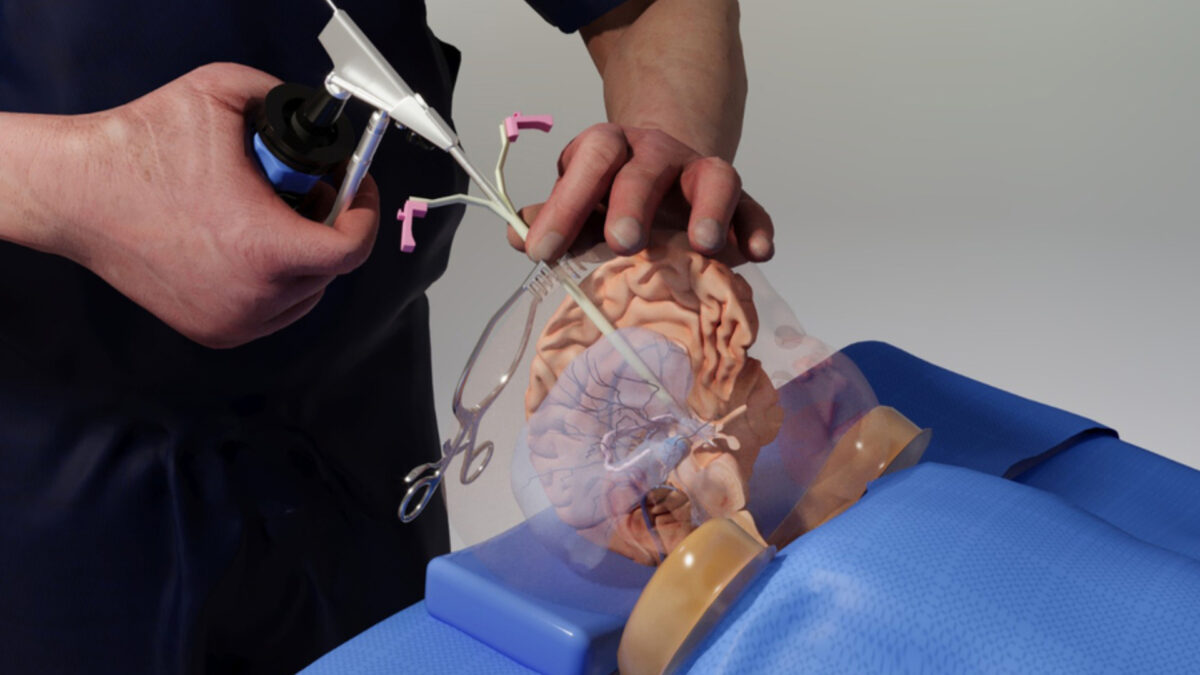MIT star surgeon becomes an avatar and performs operations in Virtual Reality

Neurosurgeon Benjamin Warf and becomes a virtual teacher and guides students through medical VR procedures.
The Massachusetts Institute of Technology (MIT) and VR and AR startup EDUCSIM have created a virtual avatar of renowned neurosurgeon Benjamin Warf. The avatar is designed to enhance medical education at MIT's Nano Immersion Lab by helping students around the world with medical VR training.
The project was initiated by Giselle Coelho, the scientific director of EDUCSIM and a pediatric neurosurgeon. She saw VR as a solution to her frustration with the lack of hands-on training opportunities in medicine. To create Warf's avatar, the team used high-resolution motion capture technology, volumetric video capture, and various VR and AR technologies.
Warf himself visited MIT.nano several times, wearing special gloves and clothing with sensors to operate on a physical model. This data was used to create a lifelike avatar that accurately replicates the surgical techniques Warf used.
Dr. Warf's virtual avatar can act both synchronously and asynchronously, responding with responses generated by AI algorithms. These are based on extensive research and a database of questions and answers provided by Warf himself.
VR as a safe practice space for students
Virtual reality has established itself as a useful tool in medical education. Companies such as Precision OS, Osso VR, and Fundamental VR have been developing specialized VR software for surgeon training for years. These programs allow students to practice medical procedures in a safe and controlled environment.
In the virtual space, trainee surgeons can make mistakes and receive immediate feedback without putting real patients at risk. In addition, VR training allows students to practice on real or simulated patient data, increasing the relevance and applicability of the training.
Note: Links to online stores in articles can be so-called affiliate links. If you buy through this link, MIXED receives a commission from the provider. For you the price does not change.